Anti-Human CD80 Recombinant Antibody (Galiximab)
CAT#: TAB-215
Recombinant monoclonal antibody to CD8. Galiximab is a monoclonal antibody designed for the treatment of B-cell lymphoma. As of September 2009, The drug is a chimeric antibody from Macaca irus and Homo sapiens.








Specifications
- Immunogen
- CD80-transfected CHO cell line.
- Host Species
- primate
- Derivation
- Chimeric (primate/human)
- Type
- IgG1 - lambda
- Specificity
- Tested positive against native human antigen.
- Species Reactivity
- Human
- Applications
- WB, ELISA, FC, IP, FuncS, IF, Neut, Inhib, Activ
- CAS
- 357613-77-5
- Generic Name
- Galiximab
- UNII
- S9OX9692ZB
- Related Disease
- Non-Hodgkin's lymphoma (NHL)
Product Property
- Purity
- >95.0%, determined by analysis by RP-HPLC & analysis by SDS-PAGE.
- Storage
- Store at 4°C for up to 3 months. For longer term storage aliquot into small volumes and store at -20°C.
Applications
- Application Notes
- The CD80 antibody has been reported in applications of WB, ELISA, FC, IP, FuncS, IF, Neut, Inhib, Activ.
Target
- Alternative Names
- Galiximab;357613-77-5;IDEC-114;16C10;CD80;CD80 molecule;CD28LG, CD28LG1, CD80 antigen (CD28 antigen ligand 1, B7 1 antigen) , CD80 molecule;T-lymphocyte activation antigen CD80;B lymphocyte activation antigen B7;B7 1;B7.1;activation B7-1 antigen;costimula
- Gene ID
- 941
- UniProt ID
- P33681
Customer Review
There are currently no Customer reviews or questions for TAB-215. Click the button above to contact us or submit your feedback about this product.
Submit Your Publication
Published with our product? Submit your paper and receive a 10% discount on your next order! Share your research to earn exclusive rewards.
Related Diseases
Downloadable Resources
Download resources about recombinant antibody development and antibody engineering to boost your research.
Product Notes
This is a product of Creative Biolabs' Hi-Affi™ recombinant antibody portfolio, which has several benefits including:
• Increased sensitivity
• Confirmed specificity
• High repeatability
• Excellent batch-to-batch consistency
• Sustainable supply
• Animal-free production
See more details about Hi-Affi™ recombinant antibody benefits.
Datasheet
MSDS
COA
Certificate of Analysis LookupTo download a Certificate of Analysis, please enter a lot number in the search box below. Note: Certificate of Analysis not available for kit components.
Protocol & Troubleshooting
We have outlined the assay protocols, covering reagents, solutions, procedures, and troubleshooting tips for common issues in order to better assist clients in conducting experiments with our products. View the full list of Protocol & Troubleshooting.
See other products for "Galiximab"
Afuco™ Anti-CD80 ADCC Recombinant Antibody, ADCC Enhanced (AFC-TAB-215)This product is an ADCC enhanced antibody produced by our Afuco™ platform. Recombinant monoclonal antibody to CD8. It is a monoclonal antibody designed for the treatment of B-cell lymphoma.
DrugMonitor™ Anti-Galiximab Antibody (VS-1224-YC502)Galiximab is a chimeric monoclonal antibody used as an immunosuppressive drug. The DrugMonitor™ Anti-Galiximab Antibody (VS-1224-YC502) is an anti-drug antibody (ADA) against Galiximab. This drug-based antibody is raised in mice immunized with the Galiximab. The anti-Galiximab antibody may be used in ELISA, pharmacokinetics (PK), and pharmacodynamics (PD) analyses, or serves as a reference standard in ADA assays. It also is an excellent tool for therapeutic drug monitoring, allowing to evaluate the drug efficacy and determine the drug concentration of the Galiximab in samples.
See other products for "CD80"
Select a product category from the dropdown menu below to view related products.
| CAT | Product Name | Application | Type |
|---|---|---|---|
| MOB-1234z | Mouse Anti-CD80 Recombinant Antibody (clone 31G9) | WB, FC, IHC | Mouse IgG2b, κ |
| CAT | Product Name | Application | Type |
|---|---|---|---|
| AGTO-L001G | anti-CD80 immunotoxin 6G7 (IgG)-Gel | Cytotoxicity assay, Functional assay |
| CAT | Product Name | Application | Type |
|---|---|---|---|
| AGTO-L001S | anti-CD80 immunotoxin 6G7 (IgG)-Sap | Cytotoxicity assay, Functional assay |
| CAT | Product Name | Application | Type |
|---|---|---|---|
| AGTO-L001O | anti-CD80 immunotoxin 6G7 (IgG)-Bouganin | Cytotoxicity assay, Functional assay |
| CAT | Product Name | Application | Type |
|---|---|---|---|
| TAB-347LC | Mouse Anti-CD80 Recombinant Antibody (TAB-347LC) | FC | Mouse IgG |
| CAT | Product Name | Application | Type |
|---|---|---|---|
| TAB-347LC-S(P) | Mouse Anti-CD80 Recombinant Antibody; scFv Fragment (TAB-347LC-S(P)) | FC | Mouse scFv |
| CAT | Product Name | Application | Type |
|---|---|---|---|
| TAB-347LC-F(E) | Mouse Anti-CD80 Recombinant Antibody; Fab Fragment (TAB-347LC-F(E)) | FC | Mouse Fab |
| CAT | Product Name | Application | Type |
|---|---|---|---|
| Gly-159LC | Recombinant Anti-Human CD80 Antibody (Fc glycosylation/Non fucosylated) | ELISA | Chimeric antibody (primate/human) |
| Gly-159LC-1 | Recombinant Anti-Human CD80 Antibody (Fc glycosylation/Non fucosylated) | ELISA | Chimeric antibody (primate/human) |
| CAT | Product Name | Application | Type |
|---|---|---|---|
| MOB-0490CT | Recombinant Mouse anti-Human CD80 Monoclonal antibody (NFN-344) | FC |
| CAT | Product Name | Application | Type |
|---|---|---|---|
| BRD-0066MZ | Chicken Anti-BB1 Polyclonal IgY | WB | Chicken antibody |
| CAT | Product Name | Application | Type |
|---|---|---|---|
| NEUT-409CQ | Mouse Anti-CD80 Recombinant Antibody (clone CBL764) | FC, IHC, CyTOF®, ELISA, Neut | Mouse IgG1 |
| CAT | Product Name | Application | Type |
|---|---|---|---|
| NEUT-410CQ | Mouse Anti-CD80 Recombinant Antibody (clone 6N36) | FC, IHC, Neut, WB | Mouse IgG1 |
| CAT | Product Name | Application | Type |
|---|---|---|---|
| NEUT-411CQ | Mouse Anti-CD80 Recombinant Antibody (clone AS29) | IP, Neut | Mouse IgG1 |
| CAT | Product Name | Application | Type |
|---|---|---|---|
| NEUT-412CQ | Mouse Anti-CD80 Recombinant Antibody (VMC172) | Neut, FC | Mouse IgG1 |
| CAT | Product Name | Application | Type |
|---|---|---|---|
| NEUT-413CQ | Rat Anti-Cd80 Recombinant Antibody (clone 1G10) | IP, Block | Rat IgG2a, κ |
| CAT | Product Name | Application | Type |
|---|---|---|---|
| NEUT-414CQ | Hamster Anti-Cd80 Recombinant Antibody (NEUT-414CQ) | Block, FC, IHC-Fr | Hamster IgG |
| CAT | Product Name | Application | Type |
|---|---|---|---|
| NEUT-415CQ | Hamster Anti-Cd80 Recombinant Antibody (clone 16-10A1) | FC, FuncS, Neut, IHC, IHC-Fr | Hamster IgG |
| CAT | Product Name | Application | Type |
|---|---|---|---|
| NEUT-416CQ | Mouse Anti-Cd80 Recombinant Antibody (clone 3H5) | Block, FC | Mouse IgG1 |
| CAT | Product Name | Application | Type |
|---|---|---|---|
| MOR-0583 | Hi-Affi™ Rabbit Anti-CD80 Recombinant Antibody (clone DS583AB) | WB, IHC | Rabbit IgG |
| CAT | Product Name | Application | Type |
|---|---|---|---|
| MRO-0318-CN | Rabbit Anti-CD80 Recombinant Antibody (clone JF100-4) | WB, IHC | Rabbit IgG |
| CAT | Product Name | Application | Type |
|---|---|---|---|
| MRO-0319-CN | Mouse Anti-CD80 Recombinant Antibody (clone 8-E5) | WB, IF, IHC, FC | Mouse IgG2b |
| CAT | Product Name | Application | Type |
|---|---|---|---|
| MRO-1762-CN | Rabbit Anti-CD80 Polyclonal Antibody (MRO-1762-CN) | WB, IF, IHC, FC | Rabbit IgG |
| CAT | Product Name | Application | Type |
|---|---|---|---|
| AFC-TAB-215 | Afuco™ Anti-CD80 ADCC Recombinant Antibody, ADCC Enhanced (AFC-TAB-215) | ELISA, FC, IP, FuncS, IF | ADCC enhanced antibody |
| CAT | Product Name | Application | Type |
|---|---|---|---|
| FN-040CQ | Mouse Anti-CD80 Recombinant Antibody (FN-040CQ) | FC, ELISA, WB, Block | Mouse IgM, κ |
| CAT | Product Name | Application | Type |
|---|---|---|---|
| HPAB-0063-YJ-S(P) | Human Anti-CD80 Recombinant Antibody (clone hu1F1); scFv Fragment | ELISA, FuncS | Humanized scFv |
| CAT | Product Name | Application | Type |
|---|---|---|---|
| HPAB-0063-YJ-F(E) | Human Anti-CD80 Recombinant Antibody (clone hu1F1); Fab Fragment | ELISA, FuncS | Humanized Fab |
| CAT | Product Name | Application | Type |
|---|---|---|---|
| HPAB-0708-FY-F(E) | Mouse Anti-CD80 Recombinant Antibody (clone AB007); scFv Fragment | ELISA | Mouse scFv |
| CAT | Product Name | Application | Type |
|---|---|---|---|
| HPAB-0708-FY-S(P) | Mouse Anti-CD80 Recombinant Antibody (clone AB007); Fab Fragment | ELISA | Mouse Fab |
| CAT | Product Name | Application | Type |
|---|---|---|---|
| HPAB-1587WJ-F(E) | Mouse Anti-CD80 Recombinant Antibody; Fab Fragment (clone 1F1) | ELISA, WB | Mouse Fab |
| CAT | Product Name | Application | Type |
|---|---|---|---|
| HPAB-1587WJ-S(P) | Mouse Anti-CD80 Recombinant Antibody; scFv Fragment (clone 1F1) | ELISA, WB | Mouse scFv |
| CAT | Product Name | Application | Type |
|---|---|---|---|
| VS-0424-XY56 | AbPlus™ Anti-CD80 Magnetic Beads (AS29) | IP, Protein Purification |
| CAT | Product Name | Application | Type |
|---|---|---|---|
| VS-0225-XY73 | CytoStream™ Mouse Anti-CD80 Recombinant Antibody (clone 2D10.4) | FC | Mouse IgG1, kappa |
| CAT | Product Name | Application | Type |
|---|---|---|---|
| VS13-YC175 | CytoStream™ Hamster Anti-Mouse Cd80 Recombinant Antibody (VS13-YC175) | FC | Armenian hamster IgG |
| CAT | Product Name | Application | Type |
|---|---|---|---|
| VS13-YC176 | CytoStream™ Rabbit Anti-CD80 Recombinant Antibody (VS13-YC176) | FC, ELISA | Rabbit IgG |
| CAT | Product Name | Application | Type |
|---|---|---|---|
| VS13-YC177 | CytoStream™ Mouse Anti-CD80 Recombinant Antibody (VS13-YC177) | WB, IHC-P, FC, ICC | Mouse IgG |
| CAT | Product Name | Application | Type |
|---|---|---|---|
| VS-0425-FY9 | Mouse Anti-CD80 (clone AB007) scFv-Fc Chimera | IA | Mouse IgG1, scFv-Fc |
| CAT | Product Name | Application | Type |
|---|---|---|---|
| VS-0425-YC176 | Recombinant Anti-CD80 Vesicular Antibody, EV Displayed (VS-0425-YC176) | ELISA, FC, Cell-uptake |
| CAT | Product Name | Application | Type |
|---|---|---|---|
| VS-0525-XY1224 | Anti-Mouse CD80 Immunohistochemistry Kit | IHC |
| CAT | Product Name | Application | Type |
|---|---|---|---|
| VS-0825-YC70 | SmartAb™ Recombinant Anti-CD80 pH-dependent Antibody (Clone Galiximab) | WB, ELISA, FC, IP IF, Neut | IgG1 lambda (combining the Macaque antibody's antigen-binding variable regions with a human IgG1 constant region) |
Popular Products

Application: WB, ELISA, FC, IP, FuncS, IF, Neut

Application: FC, IP, ELISA, Neut, FuncS, IF, WB

Application: WB, FuncS, IF, Neut, ELISA, FC, IP

Application: IF, IP, Neut, FuncS, ELISA, FC, ICC

Application: IF, IP, Neut, FuncS, ELISA, FC, ICC

Application: Neut, ELISA, Inhib, ICC, WB

Application: WB, ELISA, FC, IHC, IP
-2.png)
Application: WB, ELISA, FC, IHC, IP
-YJ5.png)
Application: WB, ELISA, FC, IHC, IP

Application: WB, ELISA, IF, FuncS, Apop, BA

Application: Neut, FC, IHC-Fr, IP, BA

Application: ELISA, IHC, FC, IP, IF, Inhib

Application: Neut, ELISA, IF, IP, FuncS, FC
-2.png)
Application: ELISA

Application: ELISA, FC, FuncS

Application: ELISA, FuncS, RIA, IP, IF, IHC, IA, Block
For research use only. Not intended for any clinical use. No products from Creative Biolabs may be resold, modified for resale or used to manufacture commercial products without prior written approval from Creative Biolabs.
This site is protected by reCAPTCHA and the Google Privacy Policy and Terms of Service apply.











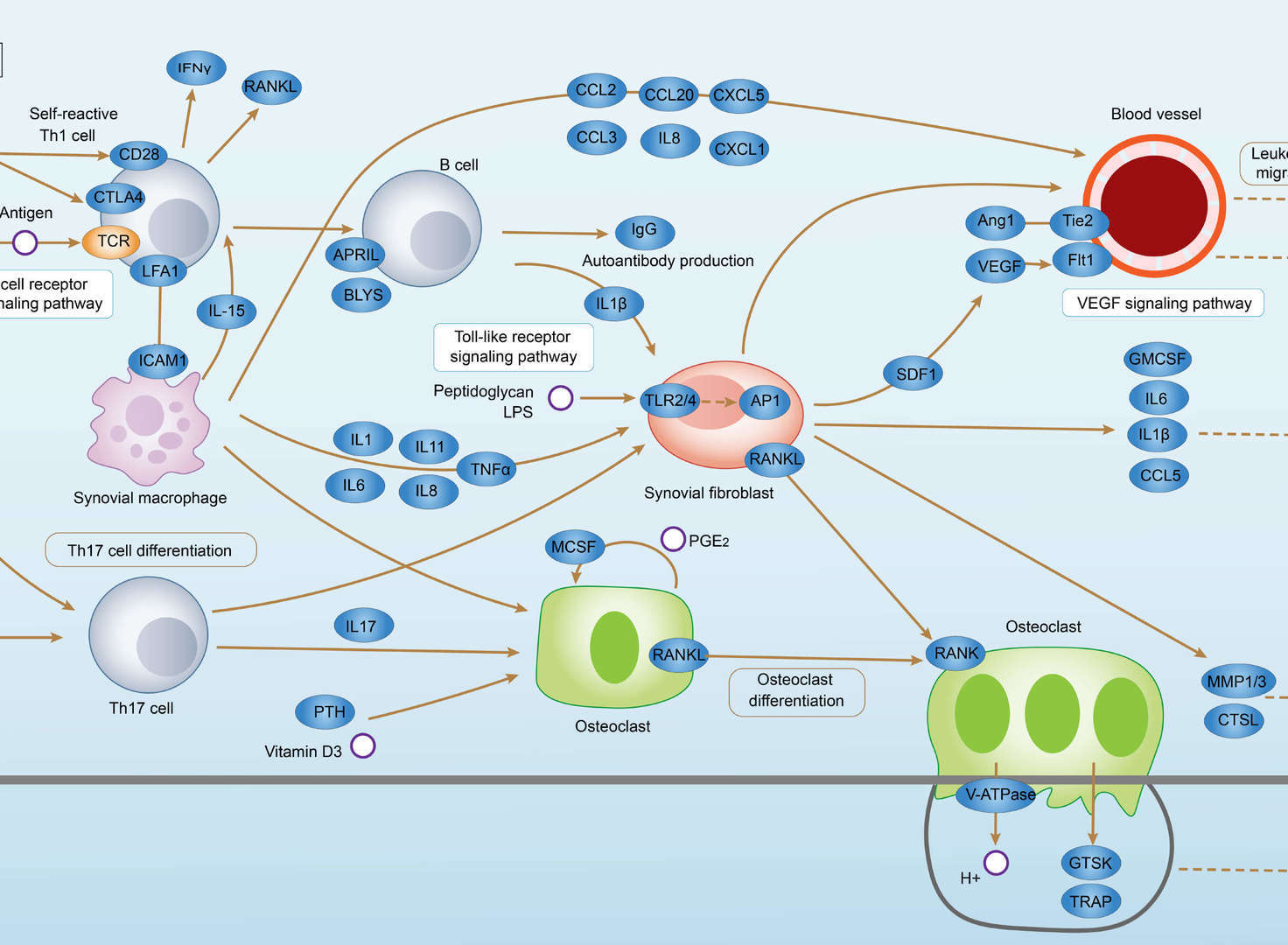 Rheumatoid Arthritis
Rheumatoid Arthritis
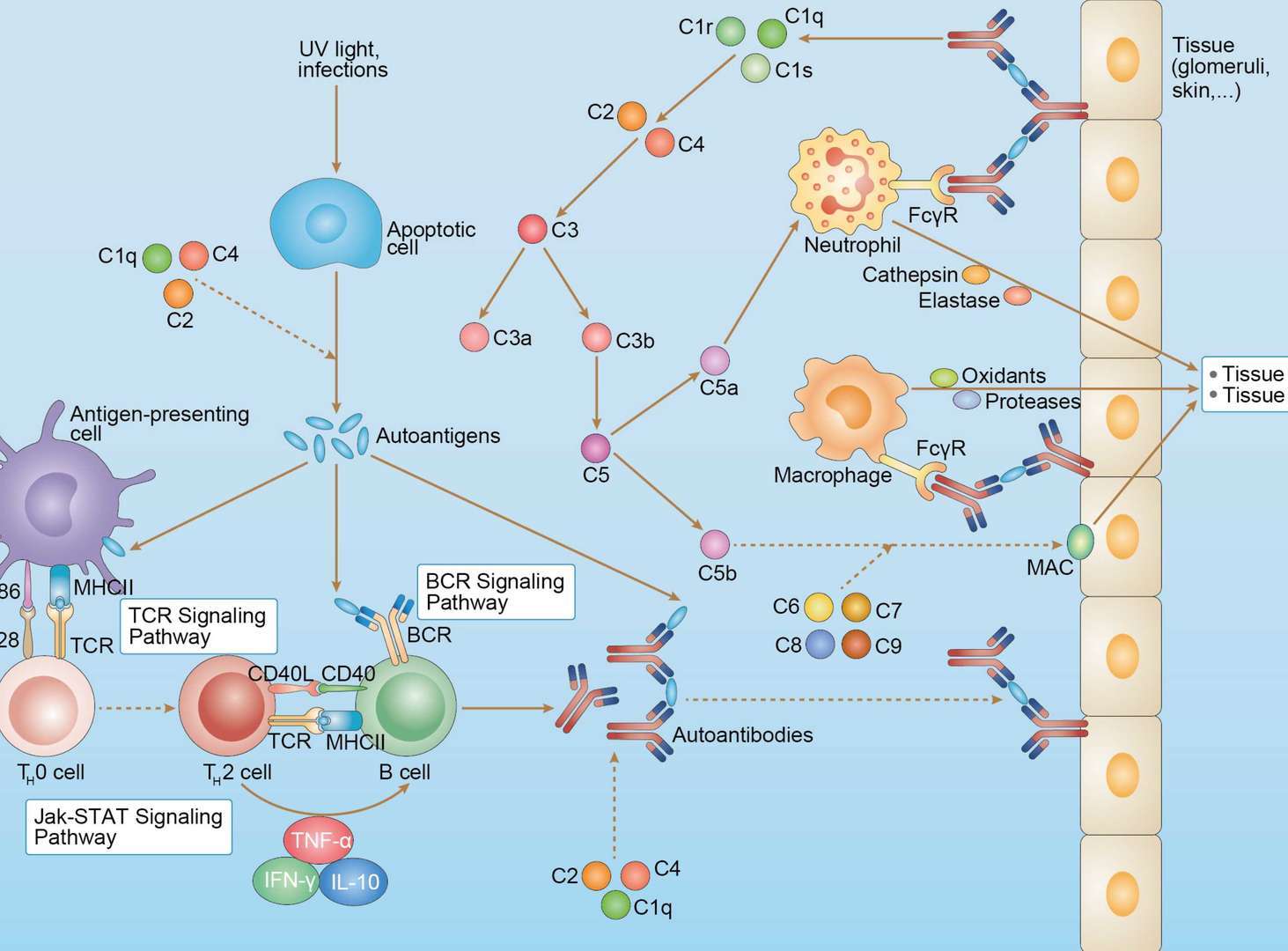 Systemic Lupus Erythematosus
Systemic Lupus Erythematosus
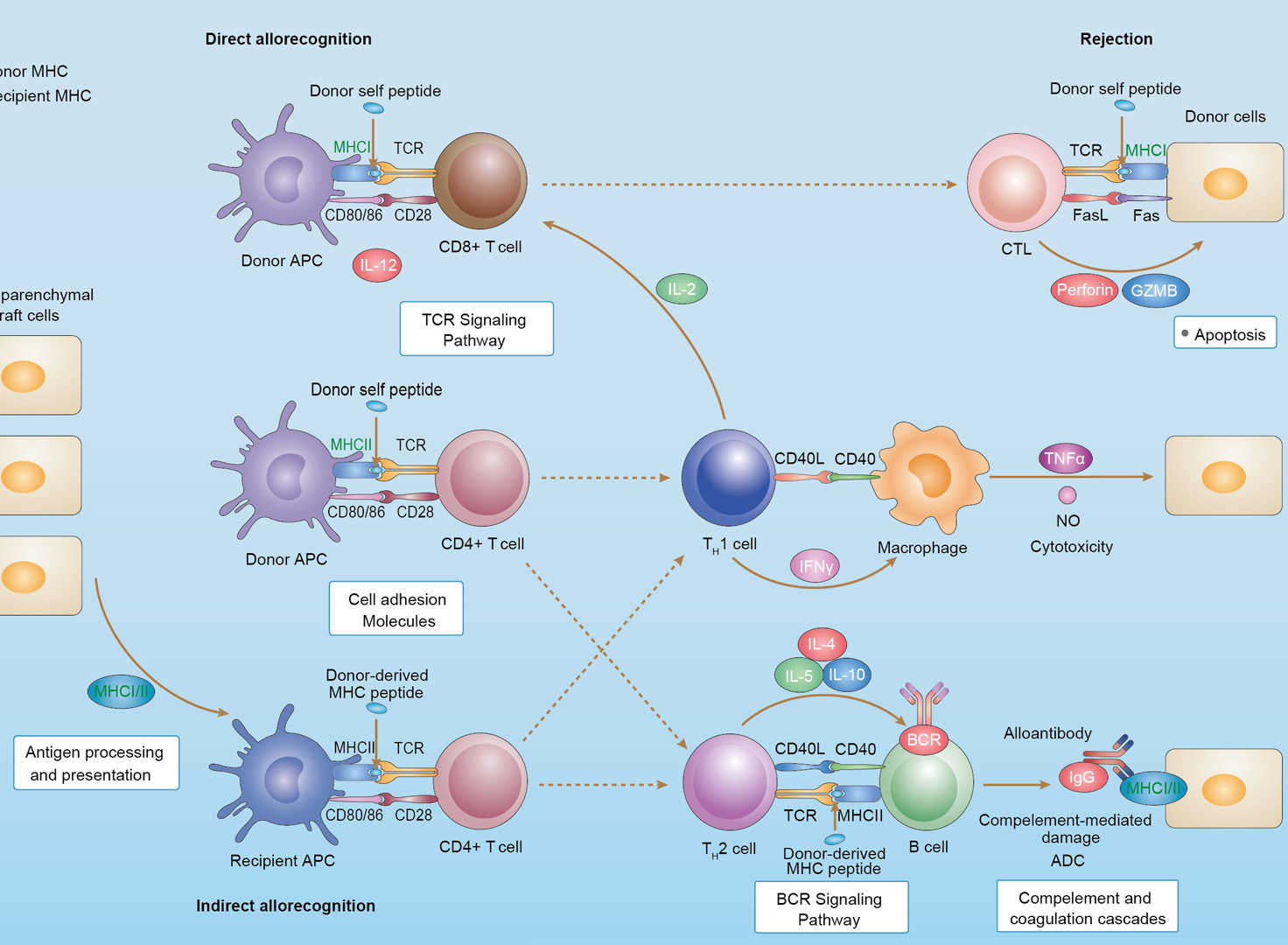 Allograft Rejection
Allograft Rejection
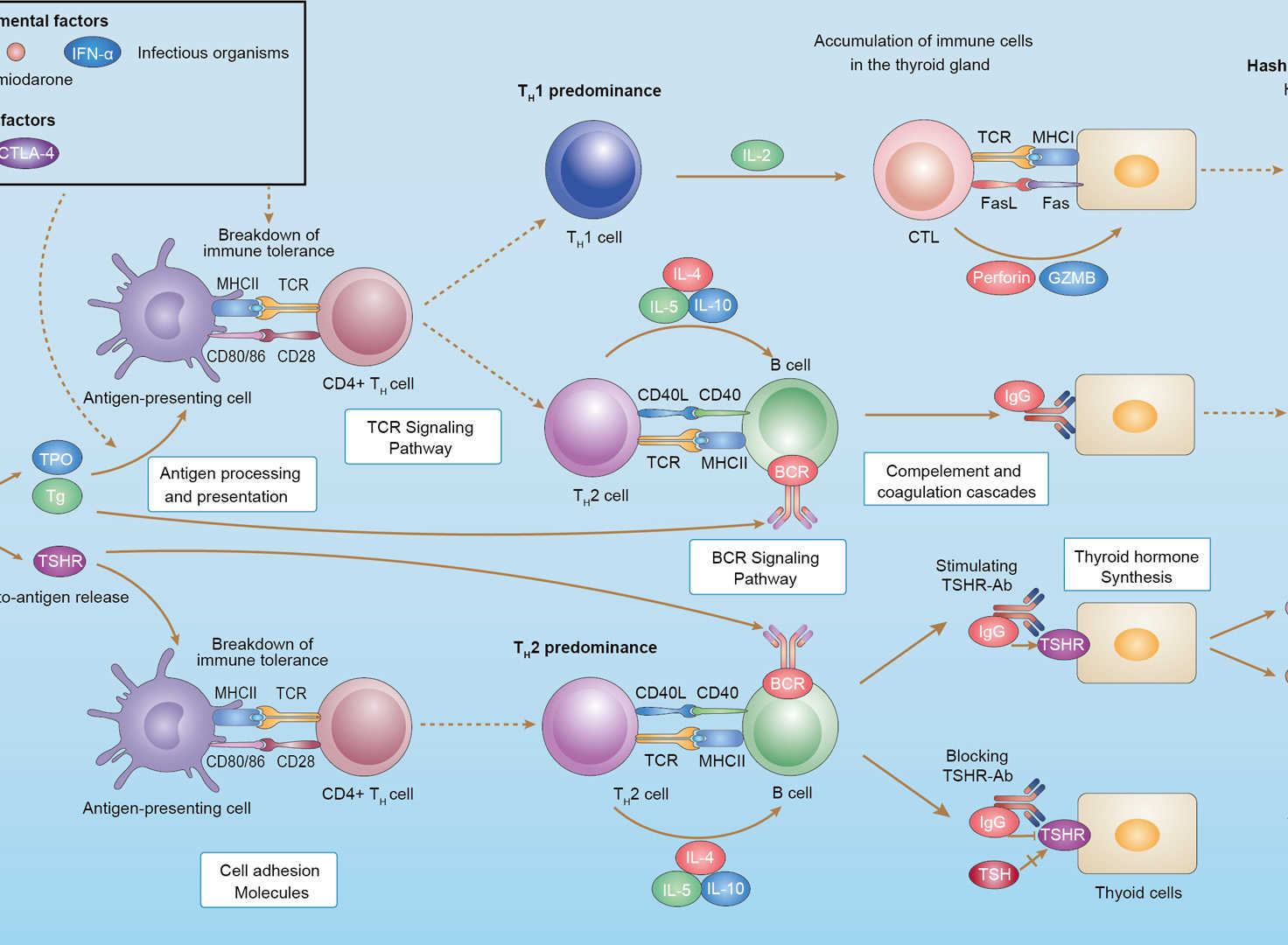 Autoimmune Thyroid Disease
Autoimmune Thyroid Disease
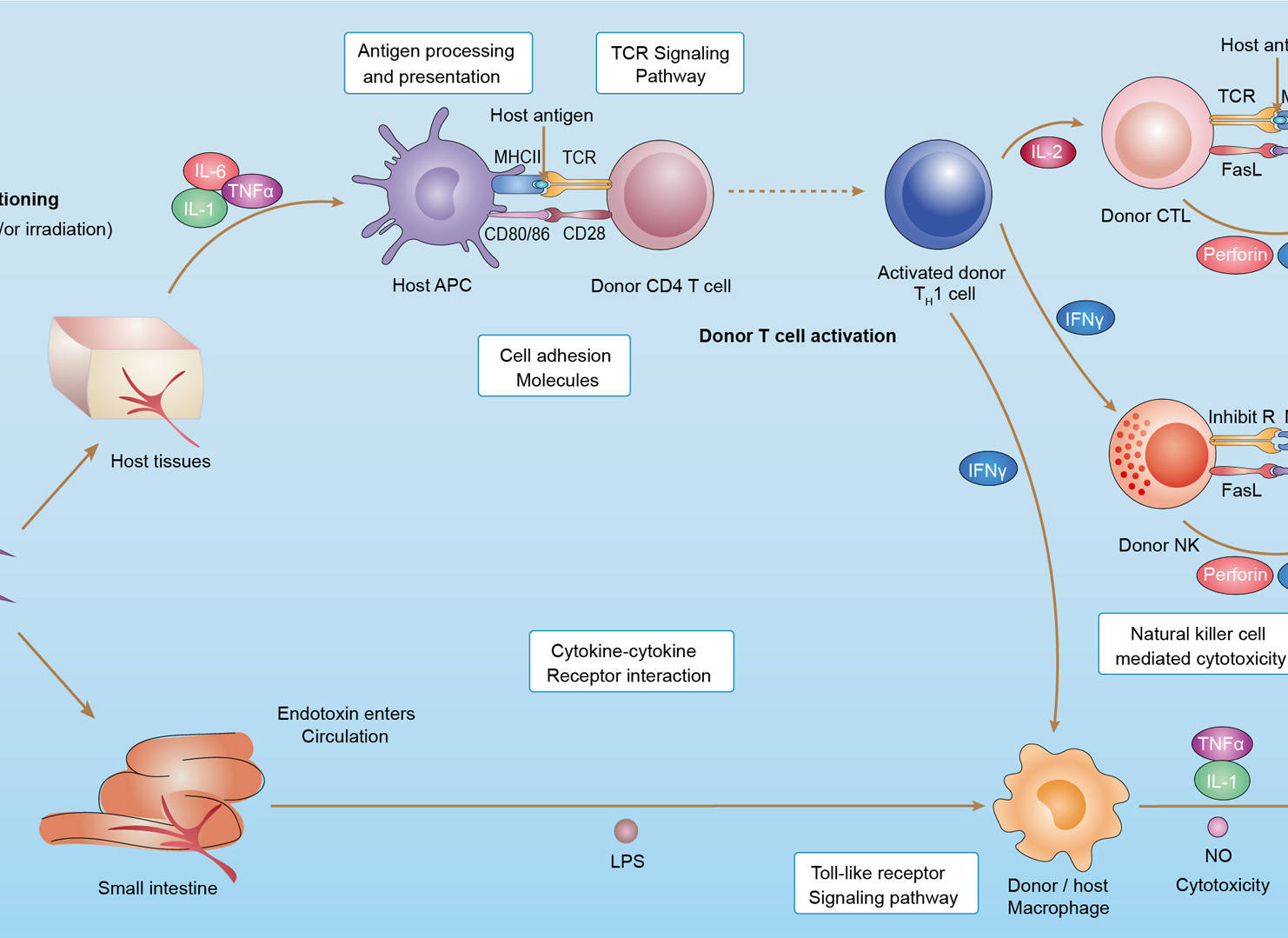 Graft-versus-Host Disease
Graft-versus-Host Disease
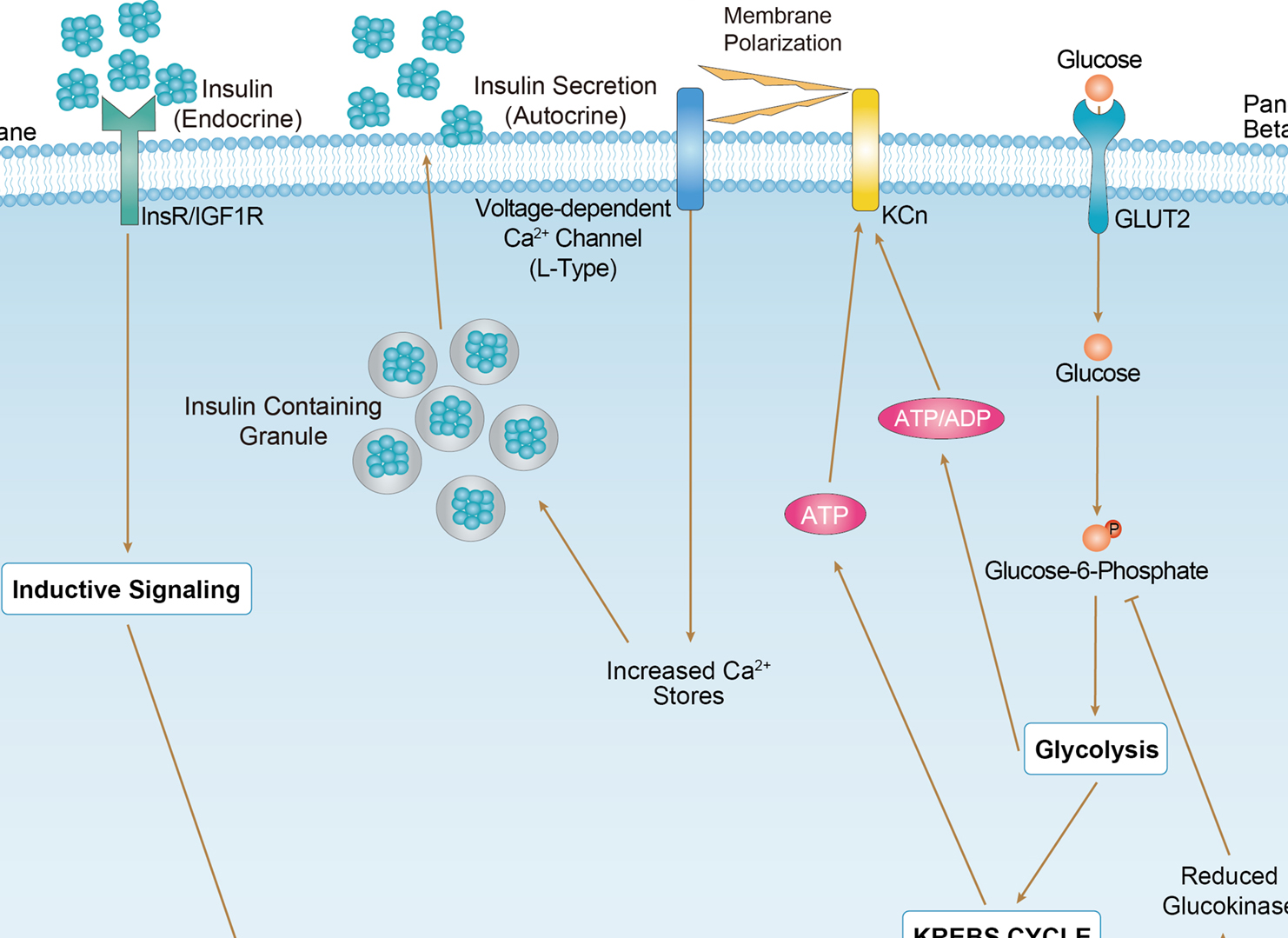 Maturity Onset Diabetes of the Young
Maturity Onset Diabetes of the Young








